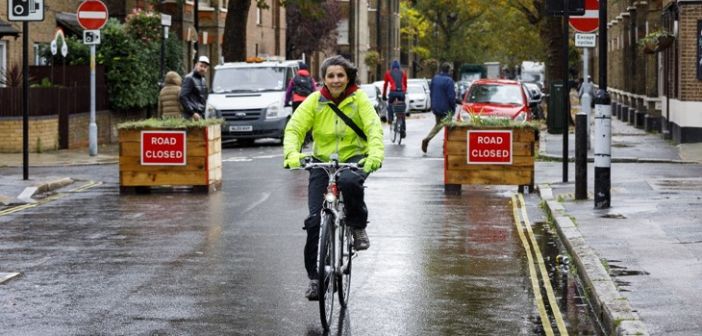London’s Low Traffic Neighbourhood’s (LTN’s) are changing travel patterns in the capital, with an increase in active travel and a reduction in accidents in 2020, according to a new study.
The research, by the London School of Hygiene and Tropical Medicine, with academics from Westminster University and Imperial College London, found that specifically inside LTNs there was a 17% increased duration of walking among residents.
Furthermore, reports recorded a median change of +69% in cycling inside LTNs between September and December last year. This compares with an overall increase in cycling across the capital of 38%.
The study also looked at the impact LTNs have on road traffic injuries in the capital. It found that within LTNs, there was a 70% reduction in absolute injury numbers and also a 70% reduction in risk per trip for walking, cycling and car travel alike.
Examining police data on casualties for 72 LTNs put in place in London between March and September last year, the study found no apparent increase in danger on roads at the outer boundaries.
The number of road users killed or seriously injured inside LTNs also halved, although the study stressed that the dataset for this was smaller.
Lead author Anna Goodman explained that with an earlier study of a single, longer-standing LTN having found a substantial safety benefit for cyclists, it would be important to re-examine the issue once the schemes had been in place for more time.
The report concluded that London’s 2020 LTNs were associated with a substantial decline in road traffic injuries inside these zones, and “the magnitude of the effect compares favourably to other effective road safety interventions e.g., the 23% decline following the implementation of 20mph speed limits across London in 2000-06.”
These findings were welcomed by London’s walking and cycling commissioner, Will Norman. He said: “This research categorically shows yet another benefit that well-planned LTNs bring, adding to the long list of advantages.”





